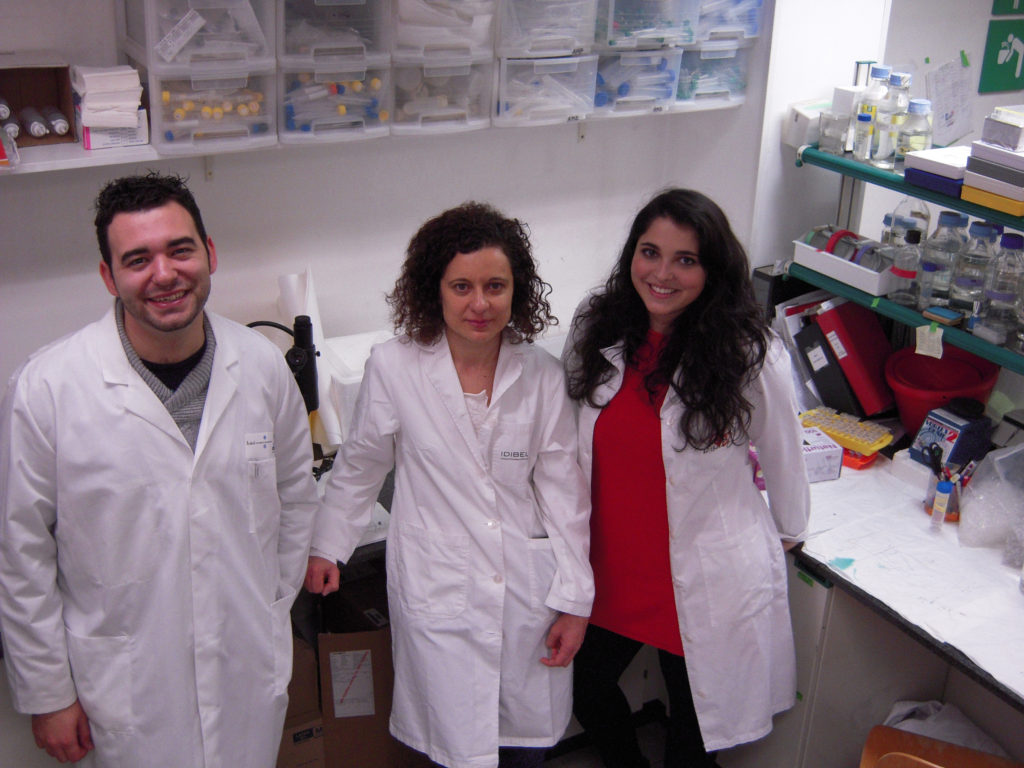ONCE collaborating on the project led by Ana Mendez Zunzunegui group of Cell and Molecular Neurobiology , Institute of Biomedical Research of Bellvitge (IDIBELL ) and professor at the University of Barcelona, which aims to identify new therapeutic targets against hereditary blindness.
The project entitled “Study of the molecular basis of hereditary retinitis pigmentosa and retinal dystrophies : functional characterization of disease -causing proteins and mechanisms of pathogenicity in animal models .”
Researchers have developed animal models of blindness, to analyze them using techniques of protein biochemistry , histological analysis by light and electron microscopy and functional analysis by ERG . The objective is to identify the initial trigger of the retinal degeneration and signaling pathways that accompanies the progression of the disease , in order to identify potential targets .
On one hand the project focuses on functionally characterize mutations in genes GUCA1B and GUCA1A associated autosomal dominant cone dystrophies and retinitis pigmentosas. These genes encode proteins necessary for the first stage of visual perception in the photoreceptor cells of the retina, and this study seeks to understand how different mutations result in toxicity to the cell.
Furthermore the project aims to develop an innovative methodology for genetically modified mice, allowing the development of animal models of blindness more quickly and inexpensively . The technique is based on introducing genetically modified DNA directly in mouse spermatogonia cells ( progenitor cells of the male germ line cells ) by electroporation to obtain genetically engineered offspring in a period much shorter time than by conventional methodology .
Mouse models have assumed an enormous importance when studying the foundations of blindness advantage in vivo , given the complexity of the visual system and the specialization of the photoreceptor cells of the retina, difficult to replicate in cultured cells . Given the large number of genes in which mutations are the cause of blindness , agility, speed to develop animal models to study the basis of pathogenicity , and the search for potential therapeutic strategies. ONCE and research
ONCE fulfills its social mission through various projects that promote personal autonomy, social inclusion and full protection of the rights of its members , including equality of opportunity, as full citizens they are.
To carry out its objectives , ONCE relies on the provision of multiple services and the implementation of various activities , emphasizing its commitment to supporting R & D in the field of blindness and visual impairment, through collaboration projects research related to those eye diseases that most often cause partial or total blindness.
With these collaborations , ONCE intended to stimulate the most advanced and innovative scientific knowledge about blindness and visual impairment, to promote prevention and the development of effective therapies .

